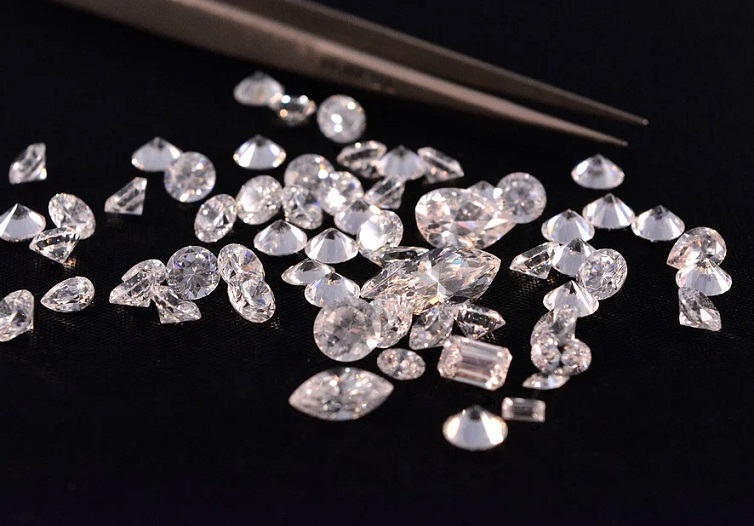
Diamonds are one of the most popular gems in the world. That is partly because they have been used on engagement rings, in many cultures, for a long time, but also because their value is recognized and their prices are stable, making them a good investment as well. But if you don’t know how to differentiate diamonds, there are a few things you need to learn before acquiring one; especially regarding their clarity grade.
What Do Diamonds Represent?
“Diamonds are a girl’s best friend.” Although times are changing, this old saying still rings true. That is because diamonds represent a world of wealth and luxury, which in turn implies comfort and security; two qualities women of all time (and men as well) long to obtain. But they also represent something even more important in the mind of many, which is “love.” That is because the association of diamonds and love is often seen through engagement rings, on which we find this gem and no other.
There are many jewels that are created around a diamond. Diamond rings come in a large variety, as they are not only for engagement purposes. You will also find diamonds on necklaces and bracelets. For those who wear them, you can even have one on a piercing. To add a touch of elegance, famous watchmakers will also sometimes add them to their timepiece. And since diamonds represent luxury, some even go as far as having one encrusted inside a tooth. But no matter what the support is, offering a diamond to someone will always be an important gift, and getting one for ourself will make a strong statement, in the views of others.
What to Know about Diamonds before acquiring One
Buying a diamond is not something you should do without understanding the various qualities that can be found on the market and the four characteristics by which a diamond’s price is defined. Each diamond is unique. In fact, there is a registration number on each of them, and they come with paperwork identifying them. A diamond specialist looking at one will be able to know where it comes from and its value.
In your case, when you ask about a particular diamond inside a store, you will need to inquire about the four C’s. That is what defines the value of a diamond. They are: The cut, the carat weight, the color and the clarity of the stone. All of them are important in their own way.
The cut is what will enable the diamond to shine more or less. A beautiful cut can really add to the value of a diamond. Of course, the weight is probably the most visible element of the price of a diamond. The bigger it is, the more expensive it gets; and rapidly so. That is why, when you see someone’s engagement ring featuring a heavy diamond on it, you can immediately figure out that the person who bought it, invested a lot of money into it. As for the color, it does vary quite a lot from one to another. When you will have seen a few, you will be able to comprehend more the variations that exist between each diamond.
The Clarity of the Diamond
The clarity of the diamond is the most important element to this gem. That is why we will focus on this characteristic, and especially on the best quality, which is called VVS. The letters mean Very Very Slightly included. They refer to the blemishes and inclusions which can be found inside diamonds. When the gem is of VVS grade, it means that you cannot see them just by looking with your eyes. You will need to use a magnifying glass to determine that there are some. In fact, it will take a specialist who is used to study diamonds with a trained eye and a 10x magnifying glass, to do so. In other words: your diamond will look perfect to you, the person you are offering it to and any other that will come in contact with it.
What are called blemishes inside the diamond are: Chips, dark spots and scratches. The inclusions, on the other hand, indicate the cavities or internal, which can be found inside them. They reflect the way the diamond is composed.
There are Two Types of VVS Clarity Grades
VVS1
In the case of diamonds, the category 1 is better than the category 2. A VVS1 diamond is almost flawless, and any blemishes or inclusions will only be found on the bottom part of the diamond, which means that they can only be detected through a pavilion view.
VVS2
The VVS2 is also of the highest clarity grade. The difference with the VVS1 is that the blemished and inclusions that may be found in the diamond will be located on the top part, making them easier to be seen (with a magnifying glass).
Do note, however, that the flaws are not visible to the eye. Only an expert jeweller that will use a 10X loupe can see the imperfections.
If You Are Looking for Perfection
Perfection is hard to reach, but in the world of diamonds, it does exist. The flawless diamonds are called FL/IF (Flawless/Internally Flawless). They are quite rare and much more expensive the two VVS grades.